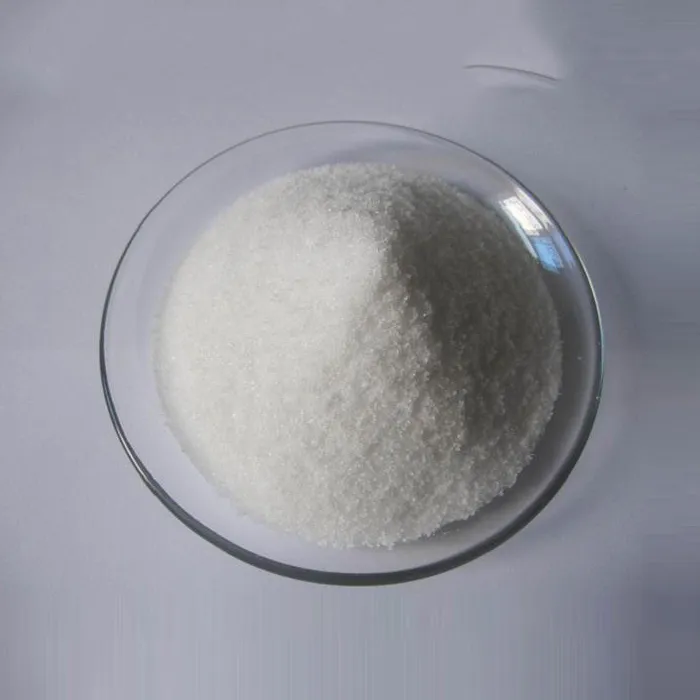Chemical Treatment in Cooling Towers An Essential Maintenance Strategy
Cooling towers are critical components in various industrial processes, including power generation, HVAC systems, and manufacturing. They function primarily to dissipate heat from water-cooled systems, enhancing their efficiency and ensuring optimal operation. However, maintaining cooling towers is not solely about mechanical upkeep; it also involves effective chemical treatment. This article explores the significance of chemical treatment in cooling towers, the common challenges faced, and the solutions available.
Importance of Chemical Treatment
Chemical treatment is essential to ensure that cooling towers operate efficiently and safely. It primarily serves to control scale, corrosion, microbiological growth, and suspended solids. Without proper chemical treatment, cooling towers can face several issues that compromise their performance
1. Scale Formation Water in cooling systems often contains dissolved minerals that can precipitate out as scale when heated. Scale buildup can restrict water flow, reduce heat exchange efficiency, and, ultimately, lead to system failure.
2. Corrosion The metals used in cooling tower systems are susceptible to corrosion, especially when exposed to oxygen and stagnant water. Corrosion can compromise the structural integrity of the equipment and lead to costly repairs and downtime.
3. Microbial Growth Cooling towers are prone to bacterial contamination, including Legionella, which can pose serious health risks. Without effective biocides, microorganisms can proliferate, leading to biofilm formation and further complications.
4. Suspended Solids Dirt, dust, and debris can accumulate in the cooling water, affecting the performance of the heat exchange process. Removing these contaminants is crucial for maintaining the efficiency of the system.
Common Chemical Treatments
To address these challenges, various chemical treatments are employed in cooling tower maintenance. Some of the most common treatments include
1. Scale Inhibitors These chemicals are designed to prevent the precipitation of minerals that can form scale. They work by interfering with the crystallization process, thereby allowing the minerals to remain dissolved in the water.
chemical treatment in cooling tower

2. Corrosion Inhibitors These compounds create a protective layer on metal surfaces, reducing the likelihood of corrosion. Depending on the system's water chemistry, different inhibitors may be used, such as phosphates, azoles, or organic inhibitors.
3. Biocides These chemicals are essential for controlling microbial growth. Common biocides include chlorine, bromine, and non-oxidizing agents. Regular treatment with biocides helps prevent the growth of harmful bacteria and maintains the cooling tower's hygiene.
4. Flocculants To manage suspended solids, flocculants are used to aggregate small particles into larger flocs that can be more easily removed during filtration and sedimentation processes.
Implementing Chemical Treatment
The implementation of an effective chemical treatment program requires a thorough understanding of the water chemistry and operational conditions of the cooling tower. Here are some guidelines for achieving successful chemical treatment
1. Regular Water Analysis Conducting regular water tests is crucial to monitor parameters such as pH, conductivity, hardness, and microbial levels. This data guides the selection of appropriate chemical treatments and dosing protocols.
2. Automated Dosing Systems To ensure precise chemical application, many facilities utilize automated dosing systems. These systems adjust the chemical feed based on real-time water quality measurements, enhancing treatment efficiency and safety.
3. Monitoring and Maintenance Continuous monitoring of water quality and system performance is essential. Regular maintenance interactions with the cooling tower’s components ensure that any issues are identified and addressed promptly.
4. Training and Compliance Proper training for personnel involved in chemical treatment is vital to ensure safe handling and application of chemicals. Furthermore, compliance with environmental regulations and safety standards should always be a priority.
Conclusion
Chemical treatment in cooling towers is an indispensable part of effective maintenance and operation. By preventing scale, corrosion, and microbial growth, proper chemical management leads to improved efficiency, reduced downtime, and enhanced safety. With the right strategies in place, cooling towers can operate at peak performance, benefiting the facility and its overall productivity.

